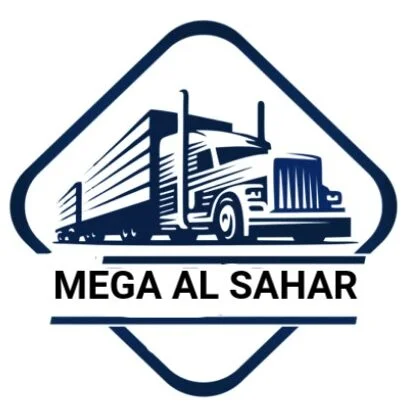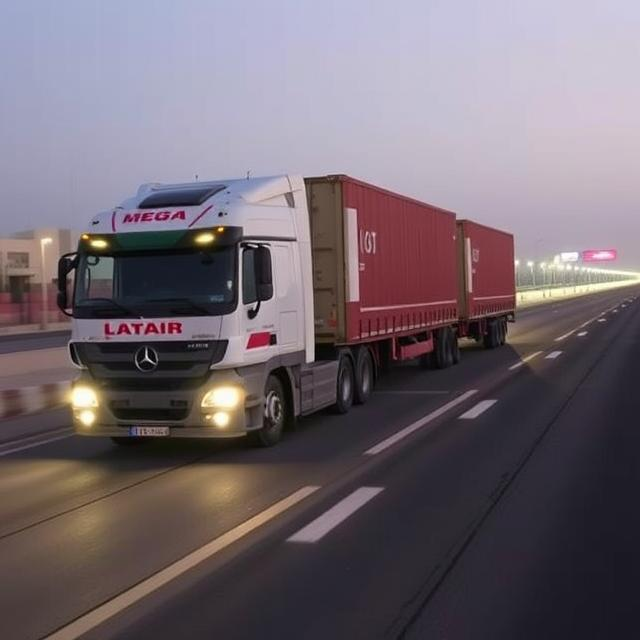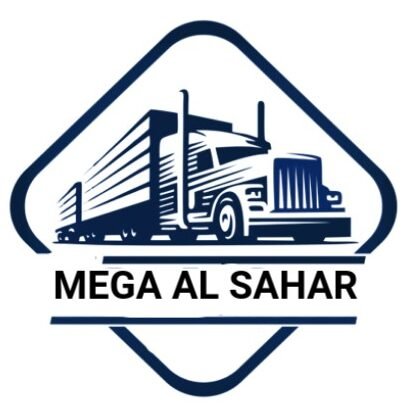FAQ’S
1-How can I start shipping to Qatar from UAE | Mega Al Sahar Cargo?
Getting started is simple! Just contact Mega Al Sahar Cargo, share your shipment details, and we’ll handle everything for shipping to Qatar from UAE — from pickup to final delivery.
2-What is the delivery time for shipping to Qatar from UAE | Mega Al Sahar Cargo?
With Mega Al Sahar Cargo, shipping to Qatar from UAE typically takes 1 to 3 working days by road, depending on the package size and delivery location.
3-What services are included in shipping to Qatar from UAE | Mega Al Sahar Cargo?
Our services include door-to-door delivery, customs clearance, secure packaging, and shipment tracking for smooth and reliable shipping to Qatar from UAE.
4-Is it possible to track my cargo during shipping to Qatar from UAE | Mega Al Sahar Cargo?
Yes, with Mega Al Sahar Cargo, you get real-time tracking so you can monitor your shipment throughout the shipping to Qatar from UAE process.
5-What types of items can I send through shipping to Qatar from UAE | Mega Al Sahar Cargo?
You can send documents, electronics, furniture, household goods, auto parts, and even commercial cargo when shipping to Qatar from UAE with us.
6-How much does shipping to Qatar from UAE | Mega Al Sahar Cargo cost?
The cost of shipping to Qatar from UAE depends on the weight, volume, and delivery speed. Contact Mega Al Sahar Cargo for a free, accurate quote.
7-Is express service available for shipping to Qatar from UAE | Mega Al Sahar Cargo?
Absolutely! Mega Al Sahar Cargo offers express and priority services for urgent shipping to Qatar from UAE, ensuring faster delivery.
8-Do you offer packing assistance for shipping to Qatar from UAE | Mega Al Sahar Cargo?
Yes, we provide professional packing to ensure your items are secure and protected during the entire shipping to Qatar from UAE process.
9-Is customs clearance handled during shipping to Qatar from UAE | Mega Al Sahar Cargo?
Yes, we handle full customs clearance for all your shipments when you choose Mega Al Sahar Cargo for shipping to Qatar from UAE.
10-Why choose shipping to Qatar from UAE | Mega Al Sahar Cargo over others?
We offer reliable service, competitive rates, fast delivery, and full support — making Mega Al Sahar Cargo your trusted choice for shipping to Qatar from UAE.




